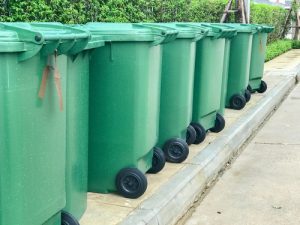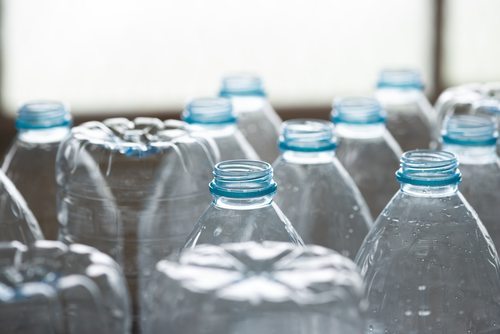
Credit: 1933bkk/Shutterstock
About 85 percent of mixed paper and OCC exported out of California has been bound for China in recent years, and as the Asian behemoth closes its doors to some of those imports, the state’s recycling industry is feeling the hit.
Continue Reading




 Last year, America’s most populous state notched a 44 percent recycling rate, down from 47 percent in 2015 and 50 percent in 2014, according to government figures.
Last year, America’s most populous state notched a 44 percent recycling rate, down from 47 percent in 2015 and 50 percent in 2014, according to government figures. Should California consider whether packaging contributes to marine debris when formulating mandatory policies for its collection and recycling? Your answer likely depends on whether you represent the business community or environmental interests.
Should California consider whether packaging contributes to marine debris when formulating mandatory policies for its collection and recycling? Your answer likely depends on whether you represent the business community or environmental interests.
 In a bid to reduce contamination in the recycling stream, California lawmakers have revised the state’s definition of polyethylene terephthalate (PET) to exclude the glycol-modified version of the resin PETG. The change means products made from the altered plastic are barred from using resin code No. 1.
In a bid to reduce contamination in the recycling stream, California lawmakers have revised the state’s definition of polyethylene terephthalate (PET) to exclude the glycol-modified version of the resin PETG. The change means products made from the altered plastic are barred from using resin code No. 1. A movie studio that paid $1,500 to purchase a chair will often want it gone as soon as the shoot is finished. The L.A. Shares program in America’s second-largest city works to ensure the chair is donated instead of sent into the waste stream.
A movie studio that paid $1,500 to purchase a chair will often want it gone as soon as the shoot is finished. The L.A. Shares program in America’s second-largest city works to ensure the chair is donated instead of sent into the waste stream. Cartons, corrugate, expanded polystyrene, film and pouches are among the materials and products California officials say could be subject to mandatory packaging management rules.
Cartons, corrugate, expanded polystyrene, film and pouches are among the materials and products California officials say could be subject to mandatory packaging management rules. California lawmakers have sent the governor a bill mandating that carpet stewards achieve a 24 percent recycling rate and discouraging the use of incineration. Meanwhile, carpet makers are sticking with their beleaguered stewardship group, instead of submitting alternative collection and recycling plans.
California lawmakers have sent the governor a bill mandating that carpet stewards achieve a 24 percent recycling rate and discouraging the use of incineration. Meanwhile, carpet makers are sticking with their beleaguered stewardship group, instead of submitting alternative collection and recycling plans.